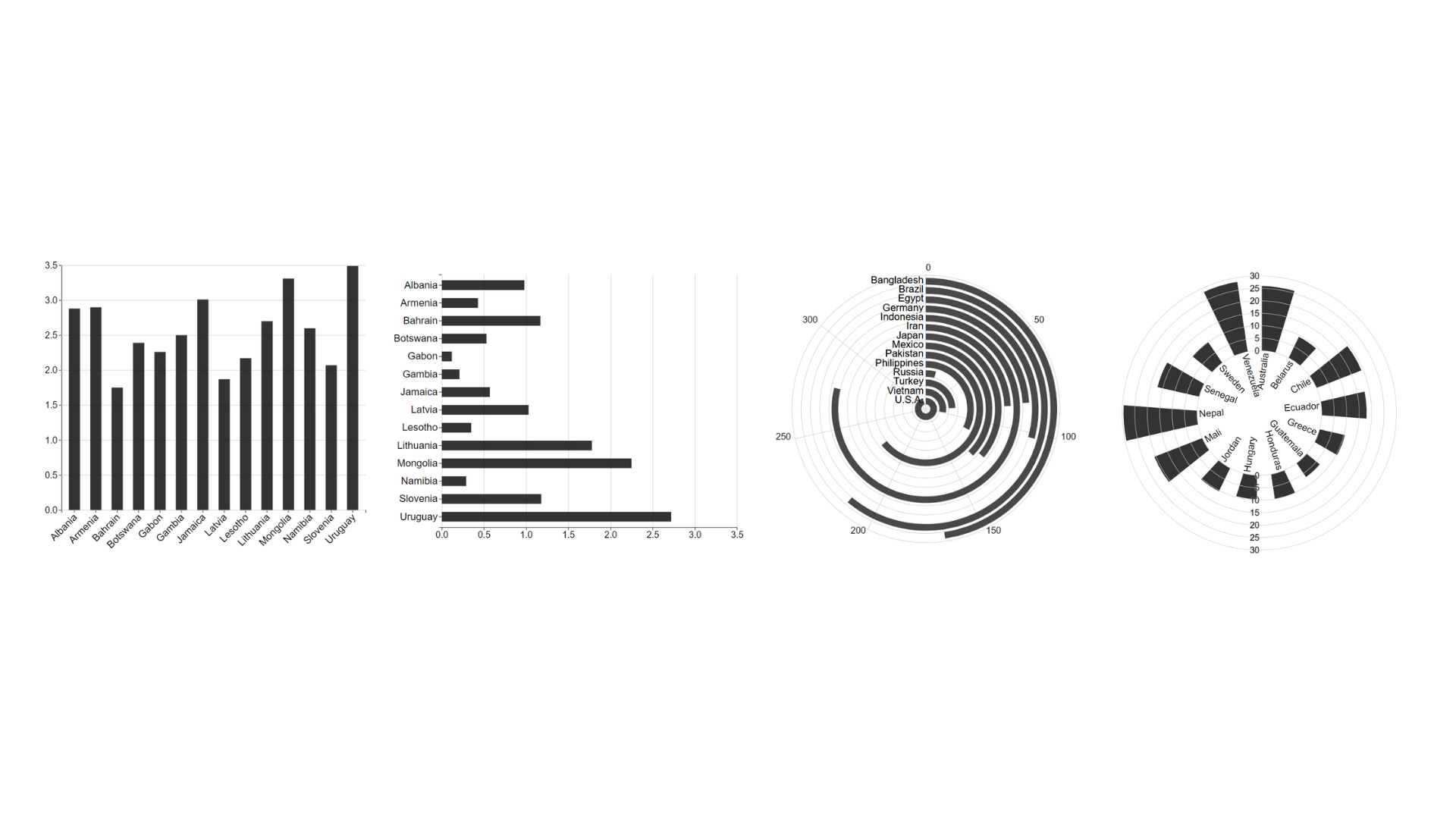Measuring Effects of Spatial Visualization and Domain on Visualization Task Performance: A Comparative Study
Sara Tandon, Alfie Abdul-Rahman, Rita Borgo
View presentation:2022-10-19T21:09:00ZGMT-0600Change your timezone on the schedule page
2022-10-19T21:09:00Z

Prerecorded Talk
The live footage of the talk, including the Q&A, can be viewed on the session page, Dealing with Scale, Space, and Dimension.
Fast forward
Abstract
Understanding one’s audience is foundational to creating high impact visualization designs. However, individual differences and cognitive abilities influence interactions with information visualization. Different user needs and abilities suggest that an individual’s background could influence cognitive performance and interactions with visuals in a systematic way. This study builds on current research in domain-specific visualization and cognition to address if domain and spatial visualization ability combine to affect performance on information visualization tasks. We measure spatial visualization and visual task performance between those with tertiary education and professional profile in business, law & political science, and math & computer science. We conducted an online study with 90 participants using an established psychometric test to assess spatial visualization ability, and bar chart layouts rotated along Cartesian and polar coordinates to assess performance on spatially rotated data. Accuracy and response times varied with domain across chart types and task difficulty. We found that accuracy and time correlate with spatial visualization level, and education in math & computer science can indicate higher spatial visualization. Additionally, we found that motivational differences between domains could contribute to increased levels of accuracy. Our findings indicate discipline not only affects user needs and interactions with data visualization, but also cognitive traits. Our results can advance inclusive practices in visualization design and add to knowledge in domain-specific visual research that can empower designers across disciplines to create effective visualizations.